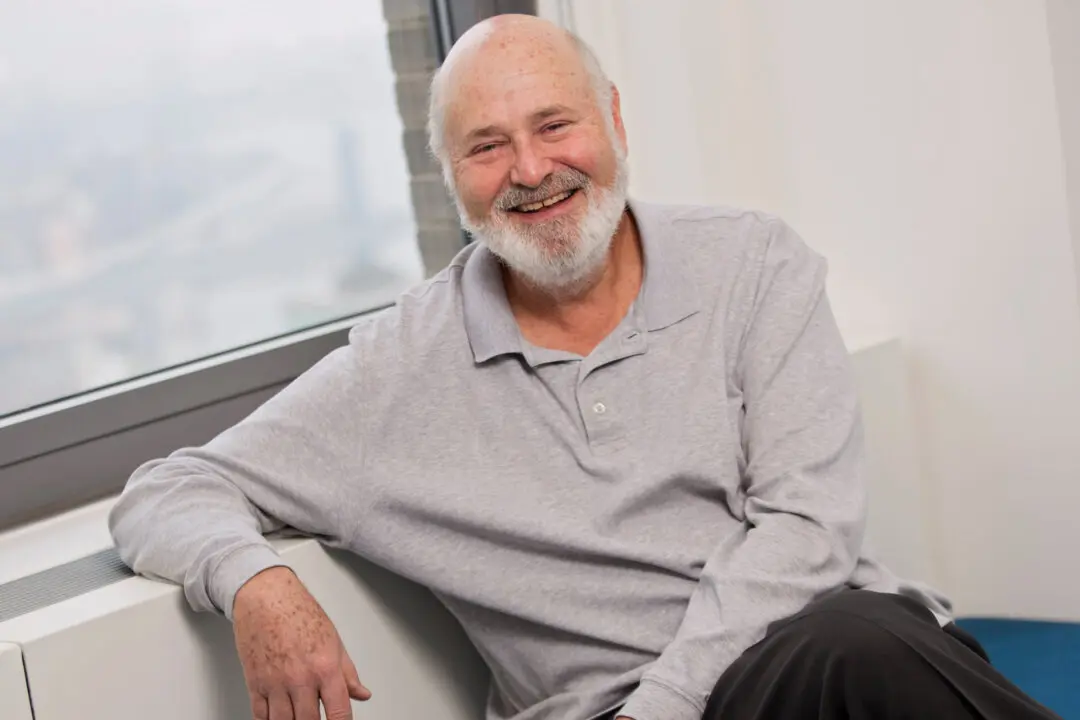CHARLOTTE, N.C.—Both sides in the voluntary manslaughter trial of a white Charlotte police officer in the on duty shooting of a black man agree bad choices led up to the man’s death as he looked for help after a car crash.
But during opening statements Monday, Michael Greene, the lawyer for Officer Randall Kerrick, said bad choices by Jonathan Ferrell caused his death, from drinking and smoking marijuana before the early morning crash to beating on a woman’s door so hard he dented it while seeking help and charging officers before they could even figure out what was wrong.




